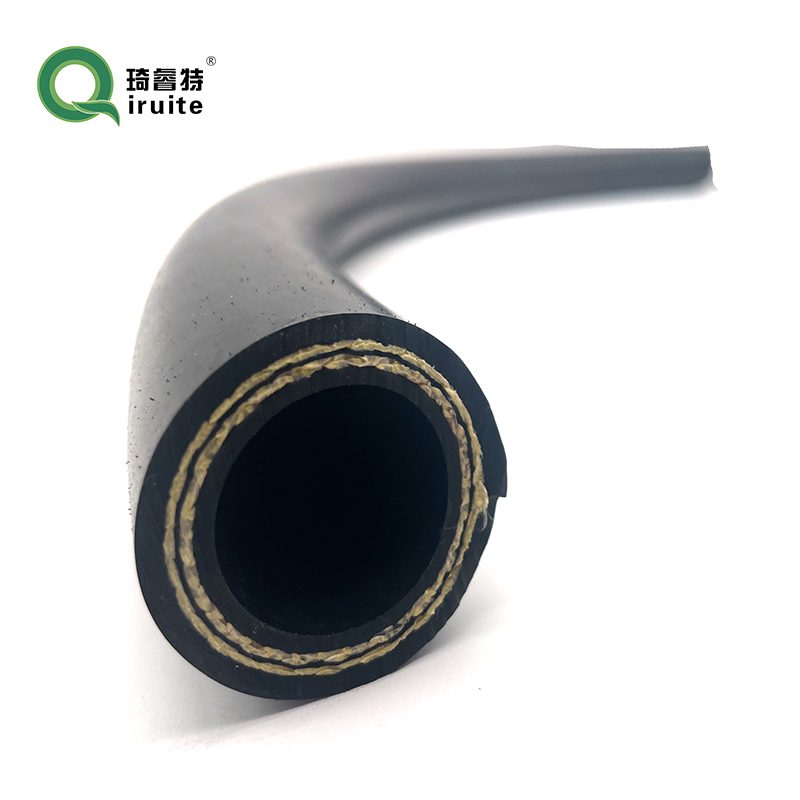Understanding Air Brake Systems and Their Air Line Functionality
Understanding Air Brake Air Lines A Crucial Component of Heavy-Duty Vehicles
Air brake systems are an essential component of heavy-duty vehicles like trucks, buses, and trailers. They utilize compressed air to operate the vehicle's braking functionality, ensuring powerful and efficient stopping power. Central to this system are the air brake air lines, which play a critical role in the transmission of brake signals and air pressure from the vehicle's air compressor to the brake chambers. Understanding the importance and functionality of these air lines can provide valuable insights into vehicle safety and performance.
The Role of Air Brake Air Lines
Air brake air lines are responsible for carrying compressed air from the air compressor to the brake actuators. The primary function of these lines is to transmit air pressure, which is activated when the driver applies pressure to the brake pedal. This pressure travels through the air lines, activating the brake chambers that, in turn, engage the brakes. The response time of an air brake system is crucial; the quicker the air can travel through the lines, the quicker the brakes can engage, optimizing safety.
These air lines are typically constructed from durable materials designed to withstand harsh conditions. They must be resistant to temperatures that can fluctuate widely, as well as to abrasion, moisture, and general wear and tear. Proper maintenance of air brake air lines is vital, as any damage can lead to air leaks, reduced braking efficiency, and potentially dangerous situations on the road.
Types of Air Lines
Air brake systems generally consist of different types of air lines, including service lines and emergency lines. The service line is responsible for delivering air pressure from the vehicle's control system to the brakes. This line is activated every time the driver applies the brakes, allowing for a smooth and controlled deceleration.
air brake air line

In contrast, the emergency line operates independently of the service line. Its primary purpose is to engage the brakes in the event of a sudden loss of air pressure in the service line—often referred to as a “fail-safe” mechanism. This is crucial for ensuring that regardless of the condition of the service line, the vehicle can still come to a stop, thus enhancing safety.
Maintenance and Inspection
Regular maintenance and inspection of air brake air lines are necessary to ensure optimal performance and safety. Vehicle operators should routinely check for any signs of wear, such as cracks, abrasions, or leaks. Listening for any hissing sounds while the vehicle is stationary can indicate a problem with the air lines. Additionally, pressure gauges should be monitored to ensure that air pressure remains within safe operational limits.
Proper installation is also essential. Air lines must be routed correctly with minimal bends to reduce the risk of damage. Connections need to be secure; loose fittings can lead to leaks and, subsequently, compromised braking performance.
Conclusion
Air brake air lines are a fundamental aspect of heavy-duty vehicle brake systems. Their role in the safe and efficient operation of air brakes cannot be overstated. By understanding how these components work together, their maintenance requirements, and their importance in emergency situations, vehicle operators can ensure better safety on the roads. Regular inspections and a proactive approach to maintenance will help keep these crucial systems functioning properly, ultimately protecting both the driver and other road users. In conclusion, air brake air lines represent the intersection of engineering efficiency and safety, making them a crucial area of focus for anyone involved in the operation of heavy-duty vehicles.
-
Ultimate Spiral Protection for Hoses & CablesNewsJun.26,2025
-
The Ultimate Quick-Connect Solutions for Every NeedNewsJun.26,2025
-
SAE J1401 Brake Hose: Reliable Choice for Safe BrakingNewsJun.26,2025
-
Reliable J2064 A/C Hoses for Real-World Cooling NeedsNewsJun.26,2025
-
Heavy-Duty Sewer Jetting Hoses Built to LastNewsJun.26,2025
-
Fix Power Steering Tube Leaks Fast – Durable & Affordable SolutionNewsJun.26,2025

